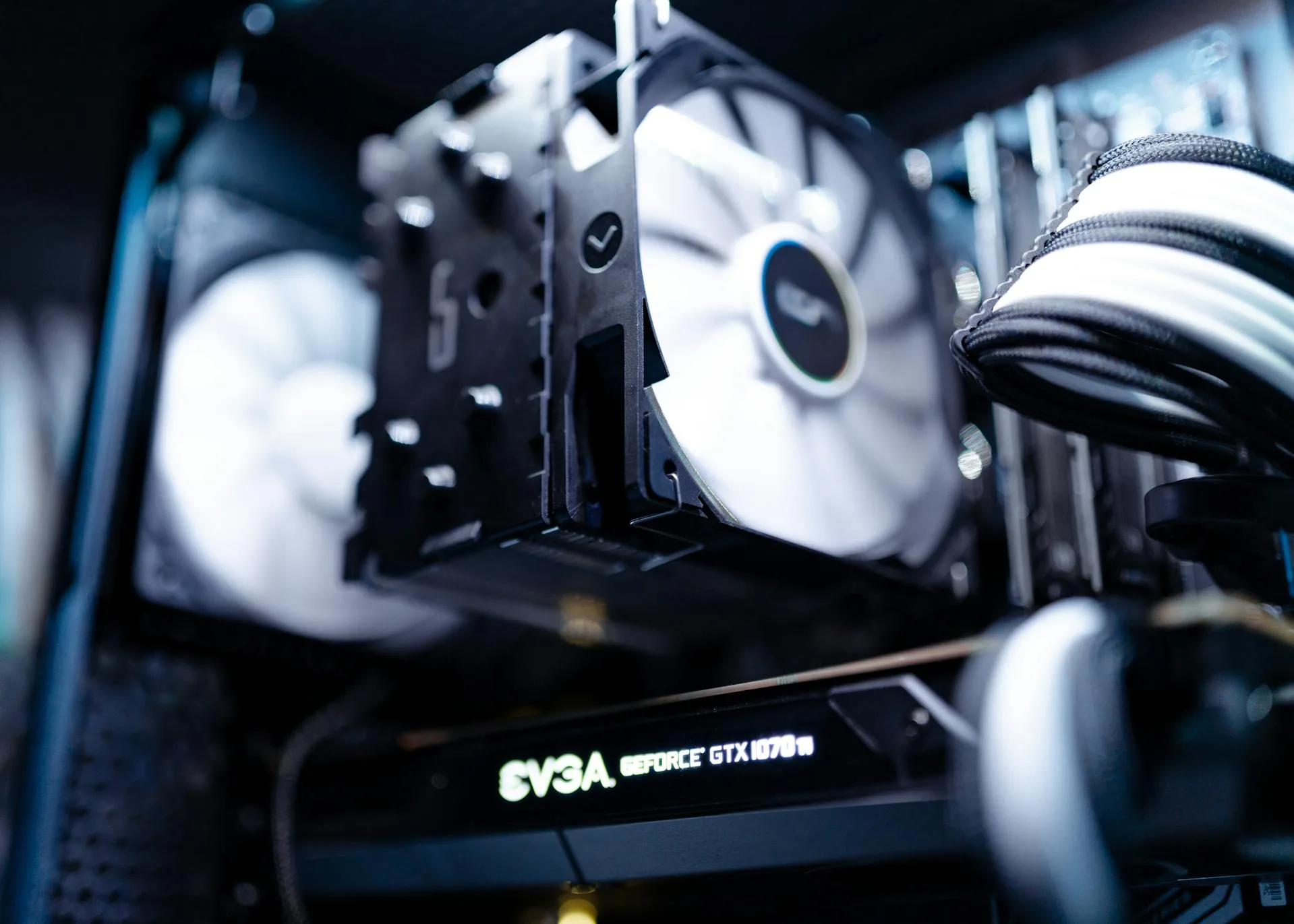How to Build a Gaming PC in 2025: Complete Component Selection Guide

This guide covers essential components and steps for building a gaming PC in 2025, focusing on performance and budget.
Building a gaming PC in 2025 requires careful selection of components to optimize performance and stay within budget. This guide provides detailed information on the essential parts needed for an effective build, along with the steps to assemble everything correctly. A well-planned build not only enhances gaming experiences but also serves as a long-term investment in performance and upgradability.
Choosing the Right CPU
Selecting the right CPU is critical for gaming performance. In 2025, options like the AMD Ryzen 9 7950X or the Intel Core i9-13900K are excellent choices. Both CPUs offer high clock speeds, around 5.5 GHz under load, and support advanced gaming technologies. Consider the thermal design power (TDP) of these CPUs, typically around 105-125 watts, which requires adequate cooling solutions. Ensure your motherboard is compatible with your chosen CPU to avoid potential issues during installation.
Selecting the Motherboard
The motherboard serves as the backbone of your build, connecting all components. Look for a motherboard that supports the latest PCIe 5.0 technology for better graphics performance. Models like the ASUS ROG Strix X670E or the MSI MAG Z790 are solid options. Ensure it has enough USB ports and M.2 slots for future upgrades. A good motherboard provides stability and features like Wi-Fi 6E for enhanced connectivity. Standard ATX form factors typically measure 305 x 244 mm, so ensure your case can accommodate it.
Picking the Right Graphics Card
The graphics card significantly influences gaming performance. In 2025, consider options like the NVIDIA GeForce RTX 4070 Ti or the AMD Radeon RX 7900 XT. These cards support ray tracing and deliver performance exceeding 120 FPS at 1440p resolution. They typically require a power supply with at least 750 watts for optimal performance. Monitoring temperatures is essential; maintaining GPU temperatures below 85°C during load ensures longevity and stability.
Memory Selection
RAM is crucial for multitasking and gaming. A minimum of 16 GB of DDR5 RAM is recommended, with speeds around 6000 MHz for optimal performance. Brands like Corsair and G.Skill offer reliable options. For competitive gaming, consider 32 GB if your budget allows, as this enhances performance in demanding tasks. Ensure your motherboard supports the RAM speed and capacity for maximum efficiency.
Storage Considerations
Opt for a combination of SSD and HDD storage. A 1 TB NVMe SSD like the Samsung 980 Pro provides fast load times and improved system responsiveness. Pair it with a 2 TB HDD for additional storage, especially for larger game libraries. NVMe drives offer read speeds up to 7000 MB/s, reducing loading screens significantly during gaming sessions. Ensure your motherboard has adequate M.2 slots for SSD installation to utilize their full potential.
Power Supply Requirements
The power supply unit (PSU) is vital for system stability. Choose a high-quality PSU with an 80 Plus Gold rating for efficiency. A 750W power supply is usually sufficient for most gaming builds, ensuring you have enough headroom for future upgrades. Brands like Seasonic and EVGA are reputable options. Pay attention to the number of PCIe connectors to ensure compatibility with your graphics card.
Cooling Solutions
Effective cooling is essential to maintain performance and longevity of components. Depending on your CPU, consider an air cooler like the Noctua NH-D15 or an AIO liquid cooler like the Corsair H100i RGB. Air coolers are generally quieter, while liquid coolers provide better thermal performance, especially when overclocking. Ensure your case has good airflow, with at least two intake and one exhaust fan to maintain optimal temperatures.
Choosing the Case
The case houses all components and affects airflow and aesthetics. Look for a case that supports ATX motherboards, with dimensions around 450 mm in height and 250 mm in width. Models like the NZXT H510 Elite offer ample cooling options and cable management features. Ensure it has room for future expansions like additional GPUs or cooling systems. Aesthetic considerations, such as RGB lighting, can enhance the visual appeal of your build.
Assembling the PC
The assembly process typically takes about 2-3 hours. Start by installing the CPU on the motherboard, followed by RAM and cooling solutions. Next, mount the motherboard into the case and connect the power supply to each component. Install the graphics card and storage drives, ensuring all connections are secure. Finally, cable management is crucial for airflow and aesthetics; use zip ties to organize cables neatly.
Troubleshooting Common Issues
After assembly, common issues may arise, such as failure to boot or hardware errors. Check all connections if the system doesn't power on, ensuring the power supply switch is on. If experiencing system instability, consider adjusting the RAM voltage or timings in the BIOS. Monitor temperatures using tools like HWMonitor to ensure components are operating within safe ranges.
Performance Testing
Once your PC is operational, run performance benchmarks to ensure it meets expectations. Tools like 3DMark can help assess graphics performance, while Cinebench evaluates CPU performance. Aim for a score that aligns with your components' capabilities. Regularly update drivers and the operating system to ensure optimal performance and security.
Building a gaming PC involves careful selection of components and a methodical approach to assembly. Each choice contributes to the overall performance, so consider your specific gaming needs and budget before making decisions. Following this guide ensures a successful build that delivers a satisfying gaming experience. For performance enhancement tips and component upgrades, check out the post on Top Upgrades for Your PC in 2025: Efficiency Meets Performance.
